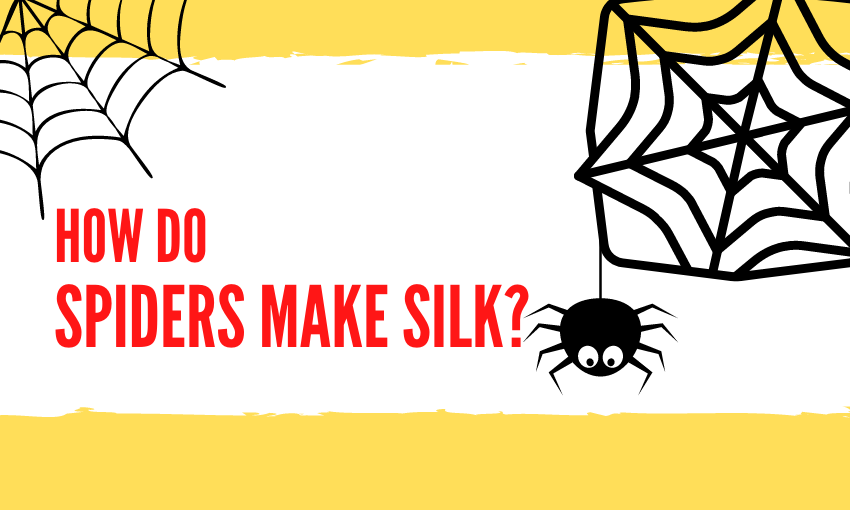
Silkworms aren’t the only producers of the tensile material called silk. While the name suggests that they dominate the field, spiders can also create silk though they produce far less than the silkworm does. The silkworm is more specifically the larvae of the Bombyx silk moth, whereas spider silk production isn’t limited to just one kind of spider. Learn more about how spiders make silk and who to call for spider removal and pest control in PEI if you are concerned you might have an infestation.
What Comprises Spider Silk?
Spider silk is made from two primary substances, but both are proteins. Connected and unconnected chains of proteins make up all spider silk. The unconnected chains of proteins also create the flexibility of the spider’s web. The connected chained proteins, known as amino acids, are typically made of alanine and glycine. The two amino acids create the tough and tensile strength of the spider’s silk. Spider silk has measured five times stronger than steel!
The unconnected chains of proteins are just as crucial for flexibility as the connected chains are for strength. Webs must be strong but also flexible so that they do not break when the wind blows, weather events occur, or when prey thrashes about trying to loosen itself. For example, if you have ever observed a moth flying through the night sky to get trapped in a spider’s web, you will have noticed that there is quite a bit of movement before the moth tires out and the spider comes to wrap it up for a later meal.
How Do Spiders Make Silk?
Spiders make silk internally. Silk first begins as a liquid and then hardens into solid forms before it is “spun” into the fibres of different kinds of webbing. Spiders use their spinnerets, structures on the outsides of their abdomens, specifically for spinning the silk once it has hardened. The silk fibres are turned into a material commonly referred to as gossamer.
Gossamer
Gossamer is also frequently used as a term in literature; it refers to the light, delicate, and veil-like covering over something, typically dresses or veils. You might be able to imagine a thin spider web left on the grass collecting morning dew – that is a gossamer covering of spider silk.
Spinneret to Spigot to Silk
The silk is initially produced as a liquid in the spider’s silk gland. The silk gland is attached to something called a spigot. The spigot, much like a spigot on a faucet, directs the flow of silk to the spinnerets for silk strand production. The spinnerets can then control the hardened silk threads to where they need to be directed.
Many spiders can create up to seven different types of silk, but most make four. The different types have different proposes. Depending on the purpose of the silk, the spinnerette will dispense the silk accordingly.
What Are Uses for Spider Silk?
There are so many different spider silk applications that even spiders have multiple uses for their silk. Typically spiders use their silk for the following purposes, including but not limited to:
- Nesting
- Webbing
- Mating
- Anchor lines
- Draglines
- Cocoons
- Nourishment
- Movement
Other Applications
Not surprisingly, humans have also found a way to utilize spider silk. Like silkworm silk, fabric manufacturers prefer spider silk because it is solid and flexible. However, unlike the practicality of silkworms, spider silk takes much longer to produce, comes with a greater risk, and is far more costly for consumers.
Spider silk is a versatile material that is strong, flexible, and useful for both spiders and humans. Spiders, however, can be less than desirable when they show up in your home or around your property this spring. If you are concerned that you have an infestation, contact the experts at Truly Nolen in Bridgewater today.
